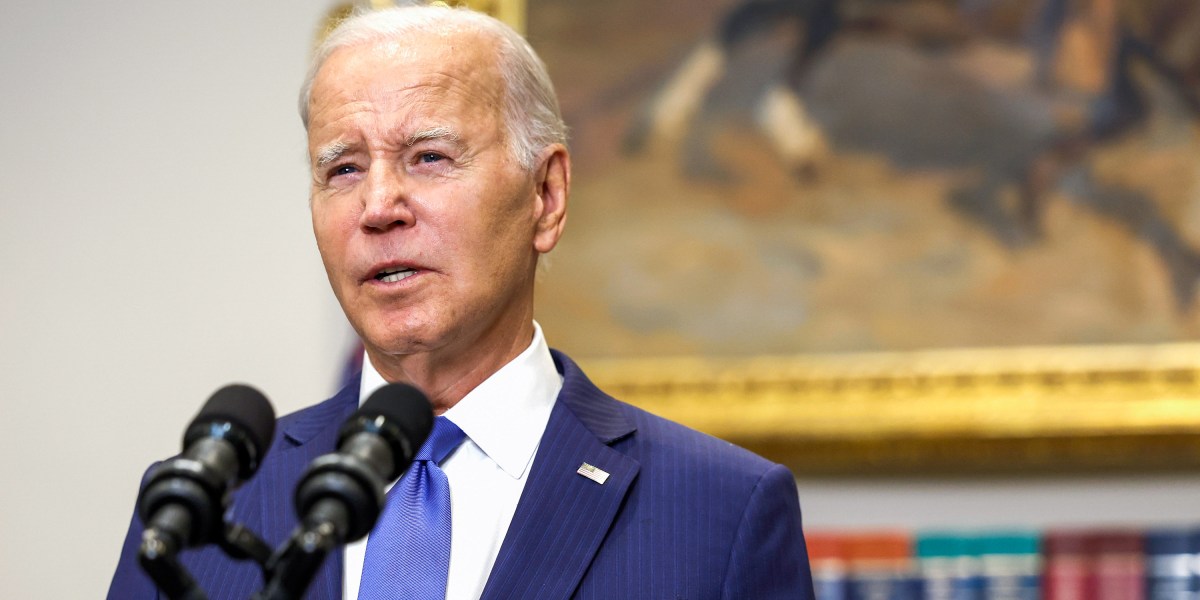
Rebecca George doesn’t mind the vultures that complain from the trees that surround the Western Carolina University body farm. George studies human decomposition, and part of decomposing is becoming food. Scavengers are welcome.
George, a forensic anthropologist, places the body of a donor in the Forensic Osteology Research Station—known as the FOREST. This is Enclosure One, where donors decompose naturally above ground. Nearby is Enclosure Two, where researchers study bodies that have been buried in soil. She is the facility’s curator, and monitors the donors—sometimes for years—as they become nothing but bones.
In the US, about 20,000 people or their families donate their bodies to scientific research and education each year. Whatever the reason, the decision becomes a gift. Western Carolina’s FOREST is among the places where watchful caretakers know that the dead and the living are deeply connected, and the way you treat the first reflects how you treat the second. Read the full story.
—Abby Ohlheiser
We can still have nice things
A place for comfort, fun and distraction in these weird times. (Got any ideas? Drop me a line or tweet ’em at me.)
+ The US’s sole museum dedicated to ouija boards sounds terrifying—especially after dark.
+ I’m not convinced Sylvester Stallone or Arnold Schwarzenegger are going to win any pumpkin carving competitions.
+ Charles Darwin the tortoise has a novel way of opening a new university building.
+ If you’re after a seriously scary horror film, you could do worse than check out this list.
+ Okay, that’s enough ambience for one night.






